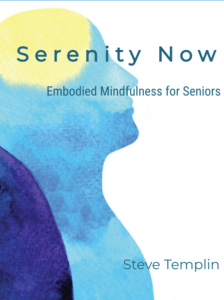Pain is the number one reason for visiting a medical professional.
Even with today’s high-tech approaches to diagnosis and treatment the U.S. is experiencing an epidemic of chronic, lingering pain. Along with that is a growing population of individuals who are addicted to opioids.
The conventional approach to the diagnosis and treatment of pain isn’t working very well. In fact, it’s getting worse, not better.
Pain is in the Brain
If you injure your back your brain receives a message that your back has been damaged and activates nerve pathways that give you the experience of pain. Without those activated nerve pathways in your brain, you would feel no discomfort.
Ideally, your damaged back will heal … because that’s what the body is designed to do … and your brain will stop activating the pathways and you’ll return to feeling pain-free.
Emotions Can Also Activate Pain Pathways
Modern imaging studies have shown that stressful emotions can activate the same nerve pathways in the brain that physical damage activates.
What this means is that concern or worry about a bodily injury can activate the same nerve pathways and produce discomfort long after the injury has physically healed. Yes, your back can still hurt long after the initial injury is resolved because the pain signal is still coming from your brain.
Worry and fear can also slow down or even prevent physical healing as well, causing injuries or illness to linger, but that’s a topic for another blog post.
What’s more surprising is that stressful emotions like worry and fear can activate the brain’s pain pathways even without any physical injury to the body.
Stressful emotions can either prolong the pain from physical injury or generate pain all by themselves. In either case, stressful emotions need to be addressed for effective mindbody healing.


 Steve is a retired Doctor of Oriental Medicine, Acupuncture Physician, and HeartMath Trauma-Sensitive Certified Practitioner with over 35 years of clinical experience in the fields of Energy Medicine, Energy Psychology, and Biofeedback.
Steve is a retired Doctor of Oriental Medicine, Acupuncture Physician, and HeartMath Trauma-Sensitive Certified Practitioner with over 35 years of clinical experience in the fields of Energy Medicine, Energy Psychology, and Biofeedback. 